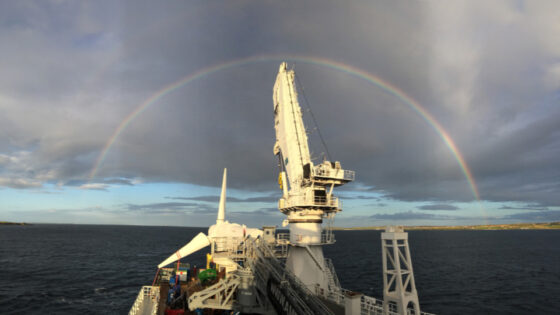As the world grapples with the urgent need to transition to clean and sustainable sources of energy, ocean power presents a compelling solution. This vast, untapped resource, also known as marine energy or ocean energy, harnesses the inherent power of our seas to generate electricity. This beginner’s guide aims to demystify the complex world of ocean power, exploring its different forms, potential benefits, limitations, and its future role in our global energy mix.
Table of Contents
Ocean power, in essence, involves converting the energy contained in waves, tides, and thermal differences within ocean water into usable electricity. The core physics behind it lies in the transformation of mechanical energy—be it from the rising and falling of tides, the rush of waves, or temperature differentials—into electrical energy.
Types of Ocean Power
There are three primary types of ocean power: wave energy, tidal energy, and Ocean Thermal Energy Conversion (OTEC).
Wave Energy
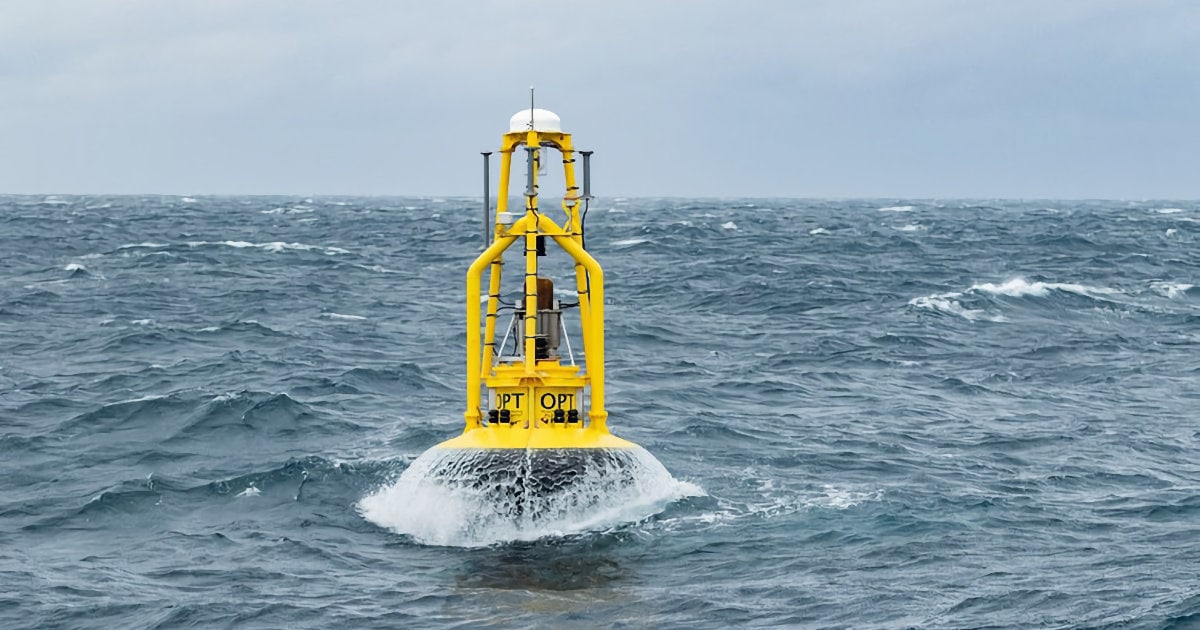
Wave energy stems from the movement of surface waves. Wind blowing across the surface of the sea generates these waves, transferring some of its energy to the water. The larger the wind sweep, the bigger and more powerful the waves, hence the reason why waves become increasingly powerful over vast, uninterrupted ocean distances.
Wave energy capture technologies include point absorbers, attenuators, and over-topping devices. Point absorbers are buoyant structures floating on the water surface, rising and falling with the waves. This movement drives a generator to produce electricity. Attenuators, on the other hand, are long, multi-segmented devices oriented perpendicular to the direction of the waves. Their flexing motion at the joints propels hydraulic pumps or other converters to create electricity. Over-topping devices are reservoirs filled by incoming waves; the subsequent outflow of water drives turbines, generating power.
Tidal Energy
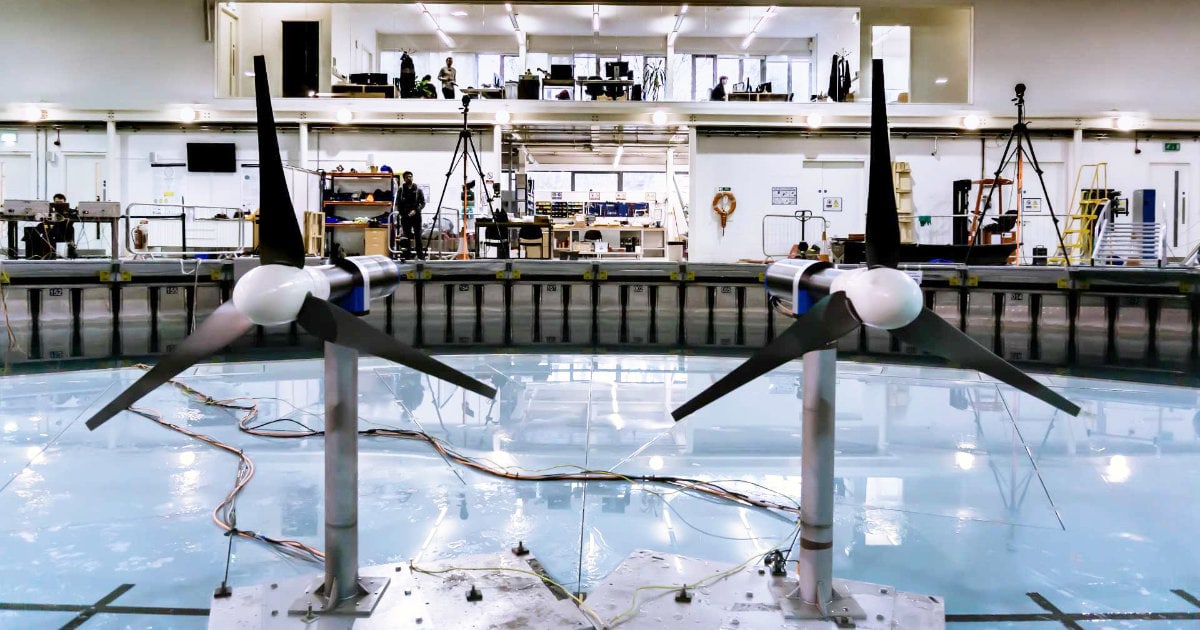
Tidal energy is derived from the gravitational interaction between the Earth, moon, and sun. The moon’s gravitational pull is the dominant force, causing the water in the oceans to ‘bulge,’ leading to a rise in the sea level known as a tide. As the Earth rotates, different locations pass through these bulges, leading to high and low tides.
Tidal power is typically captured through tidal stream generators, tidal barrages, and tidal lagoons. Tidal stream generators are akin to underwater wind turbines, using the kinetic energy in the moving water to drive turbines. Tidal barrages, often constructed across estuaries, use potential energy in the difference in height between high and low tides. Tidal lagoons are similar to barrages but are not connected to the shore; instead, they are impounded structures with one or more turbines.
Ocean Thermal Energy Conversion (OTEC)

OTEC exploits the temperature difference between the warmer surface waters of the ocean, heated by the sun, and the colder deep waters to generate electricity. Three types of OTEC systems exist: closed-cycle, open-cycle, and hybrid. Closed-cycle systems use a working fluid with a low boiling point (like ammonia) that vaporizes in the surface water heat exchanger and drives a turbine. Open-cycle systems directly boil the warm surface seawater in a low-pressure container, and the resulting steam drives a turbine. Hybrid systems aim to combine the advantages of both.
Pros and Cons of Ocean Power
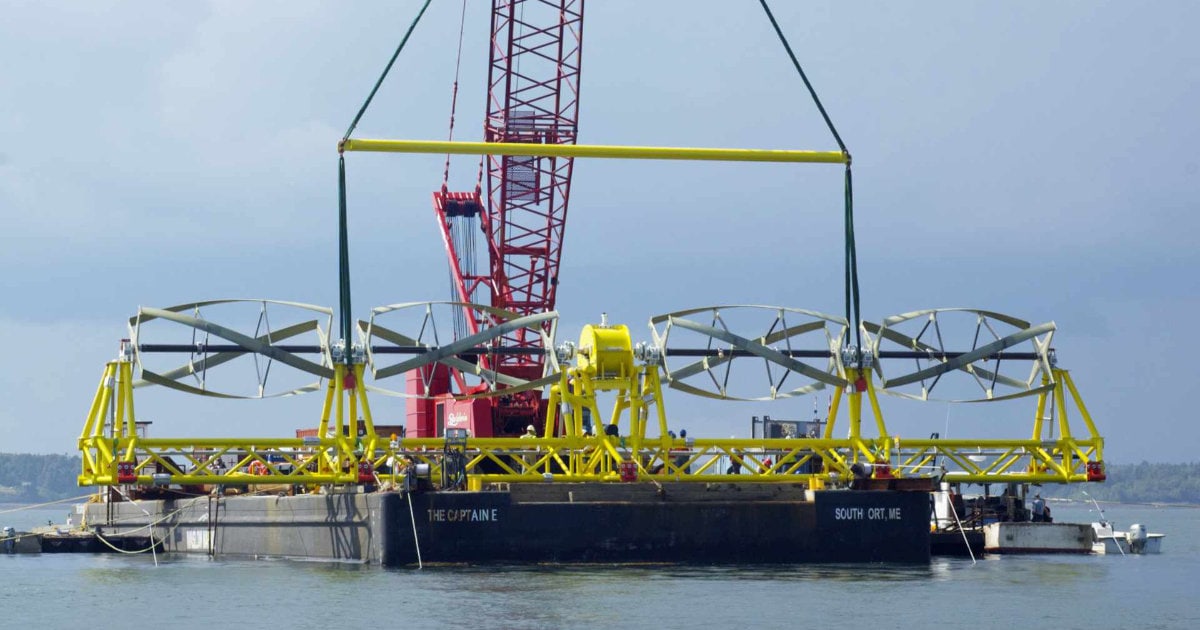
Advantages
Ocean power has several unique advantages. It offers a vast, largely untapped source of energy. Unlike other renewable sources, tides and waves are highly predictable, providing a consistent power output. Moreover, ocean energy technologies can be deployed off any coastline, supporting decentralization of power production and reducing reliance on long-distance power transmission.
Disadvantages
Despite the potential, ocean power has limitations. It can have a significant environmental impact, potentially affecting marine life through noise, visual disturbances, and collision risks. The technologies also come with high capital and maintenance costs due to their operation in challenging marine environments. Moreover, significant technological and infrastructural hurdles must be overcome to make ocean power a mainstream energy source.
Leading Countries in Ocean Power
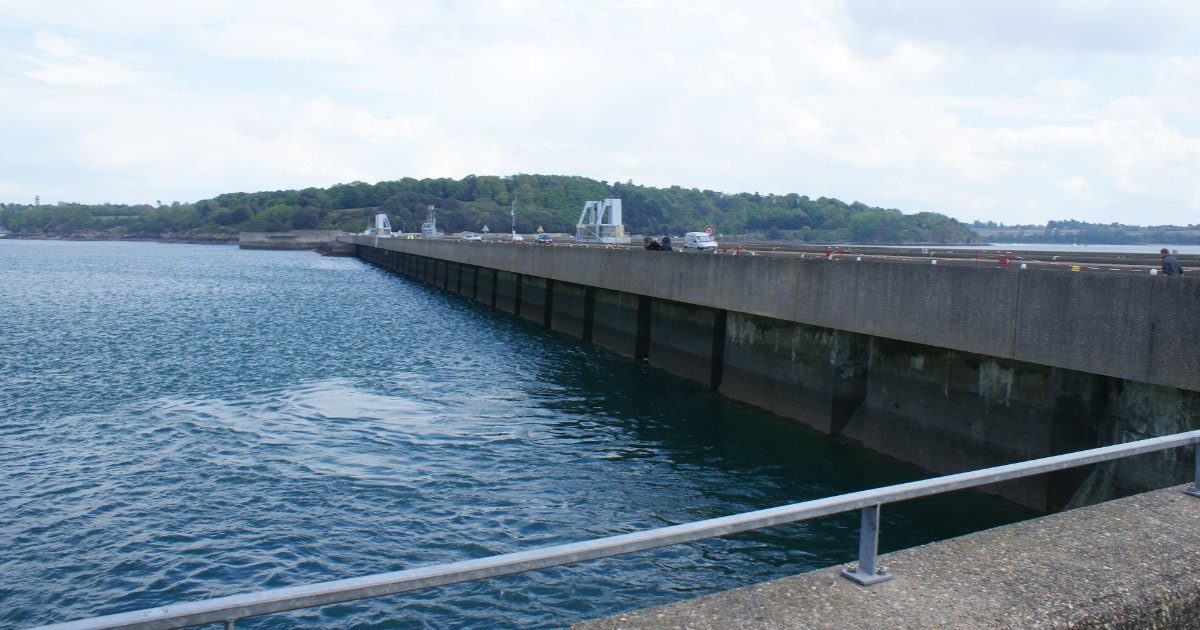
Several countries have recognized the potential of ocean power and are leading in its utilization. The United Kingdom, with its extensive coastline and significant tidal ranges, is a global leader in tidal power. Australia, known for its powerful waves, is pioneering in wave energy technologies. France has long exploited tidal power, with the Rance Tidal Power Station operating since the 1960s. Lastly, the United States is making strides in OTEC research and deployment, given its tropical and subtropical regions.
Environmental Impact of Ocean Power
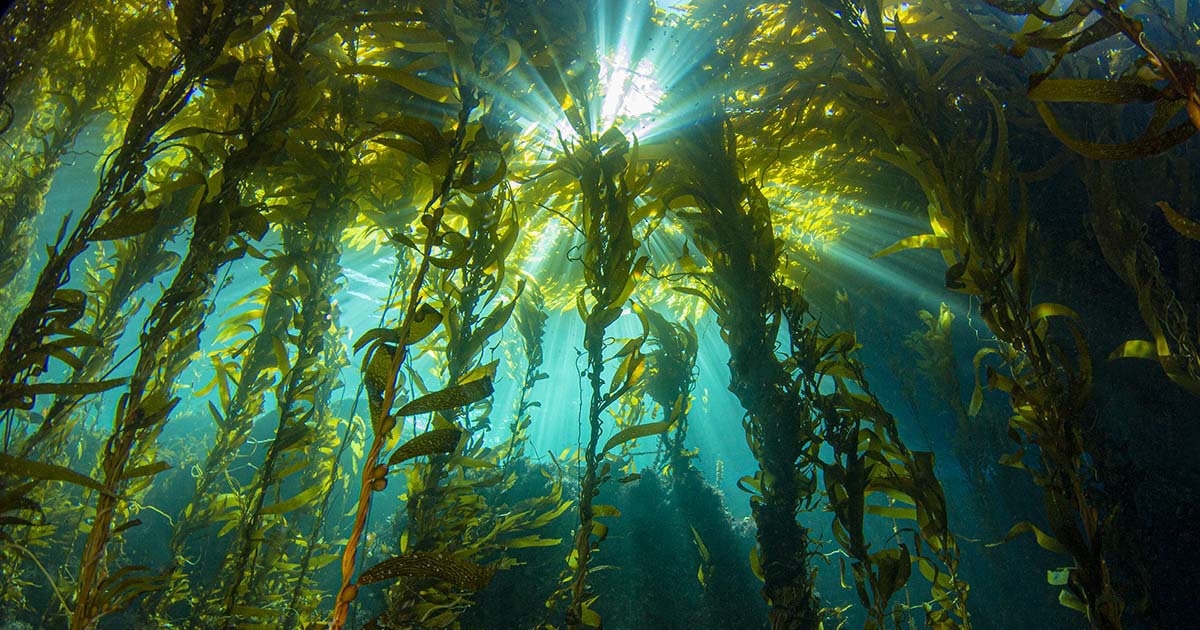
Although ocean power is a renewable energy source, it can still impact the environment. Marine life can be affected by noise and visual disturbances from the devices, and they also pose potential collision risks. Coastal ecosystems could face changes in sediment transport, which might alter physical habitats. However, with careful planning, site selection, and technology design, these impacts can be significantly mitigated.
The Future of Ocean Power

Ocean power technologies are evolving rapidly, and future advancements promise to improve efficiency and reduce environmental impacts. For instance, floating tidal and wave energy converters that can operate in deeper waters away from sensitive coastal ecosystems are under development. Artificial intelligence is also being employed to optimize energy capture and improve system reliability.
Government policies and international agreements will play a crucial role in shaping the future of ocean power. Renewable energy targets, subsidies, and incentives can spur investment in technology development and deployment.
Comparison with Other Renewable Energy Sources

When compared to other renewable energy sources, each has its pros and cons. Solar energy is efficient and scalable but is subject to diurnal and weather variations. Wind energy can be a highly effective power source, but it is also dependent on meteorological conditions. Geothermal energy is a consistent and powerful resource, but it is geographically limited to tectonically active regions. While ocean power has high predictability and enormous untapped potential, it faces challenges in technology maturity and environmental impact.
Case Studies in Ocean Power

Real-world examples of ocean power projects underscore its potential. The Swansea Bay Tidal Lagoon project in Wales is a proposed pathfinder project for larger lagoons. Australia’s Carnegie Wave Energy project is one of the first commercial-scale wave energy projects. The Makai Ocean Engineering’s OTEC plant in Hawaii demonstrates the potential of OTEC in tropical areas.
Economics of Ocean Power
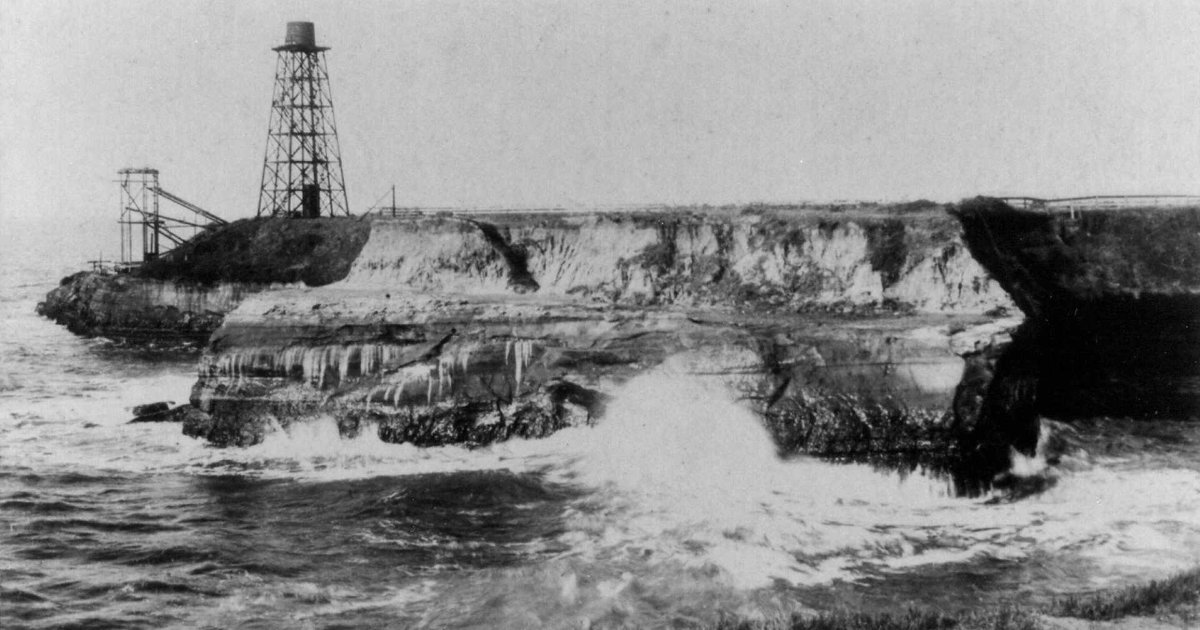
The economics of ocean power are complex. Initial capital costs of installing ocean power technologies can be high, particularly for emerging technologies. Maintenance costs, particularly given the challenging marine environment, are also a significant consideration. However, once up and running, operational costs are relatively low, and with long lifetimes, ocean power installations can be economically competitive in the longer term. Government subsidies and incentives can significantly influence the economic feasibility of ocean power projects.
In conclusion, ocean power presents a compelling opportunity in our transition to a clean energy future. Although challenges remain, ongoing research, development, and policy support promise to address these hurdles and unlock the vast potential of our oceans. For anyone interested in renewable energy, ocean power is undoubtedly a field to watch.
Frequently Asked Questions About Ocean Power
cean power, also known as marine energy, is a form of renewable energy that harnesses the inherent power of the ocean to generate electricity. This energy can come from ocean waves, tides, or thermal differences within ocean waters. The power is captured using various technologies, including wave energy converters, tidal turbines, or ocean thermal energy conversion (OTEC) systems, and is then converted into electrical energy.
Ocean power offers numerous benefits. As a renewable energy source, it provides a sustainable and clean solution to meet our energy needs, reducing our reliance on fossil fuels and mitigating climate change. Ocean power, particularly tidal power, is highly predictable, offering a consistent and reliable source of energy. Furthermore, the vast, untapped potential of the ocean presents a tremendous opportunity for power generation.
Despite its potential, harnessing ocean power comes with its share of challenges. The technologies can be expensive to develop, install, and maintain, particularly given the harsh marine environment. Environmental concerns also exist, as ocean energy installations can impact marine life and coastal ecosystems. Furthermore, significant technological and infrastructural hurdles remain to be overcome to scale up ocean power.
The future of ocean power looks promising. With continued research and development, technological advancements are expected to improve the efficiency and environmental footprint of ocean power systems. Policy support, in the form of renewable energy targets, subsidies, and incentives, can spur further investment in this field. While challenges remain, the vast, untapped potential of ocean power, combined with the pressing need for sustainable energy solutions, makes it a key player in our future energy mix.
Ocean Power In The News
Ocean Power Data Center Being Built In Scotland
Sources
DOE Water Power Technologies Office: Website
International Renewable Energy Agency: Website
National Renewable Energy Laboratory: Website
Ocean Power Technologies: Website
U.S. Energy Information Administration: Website

